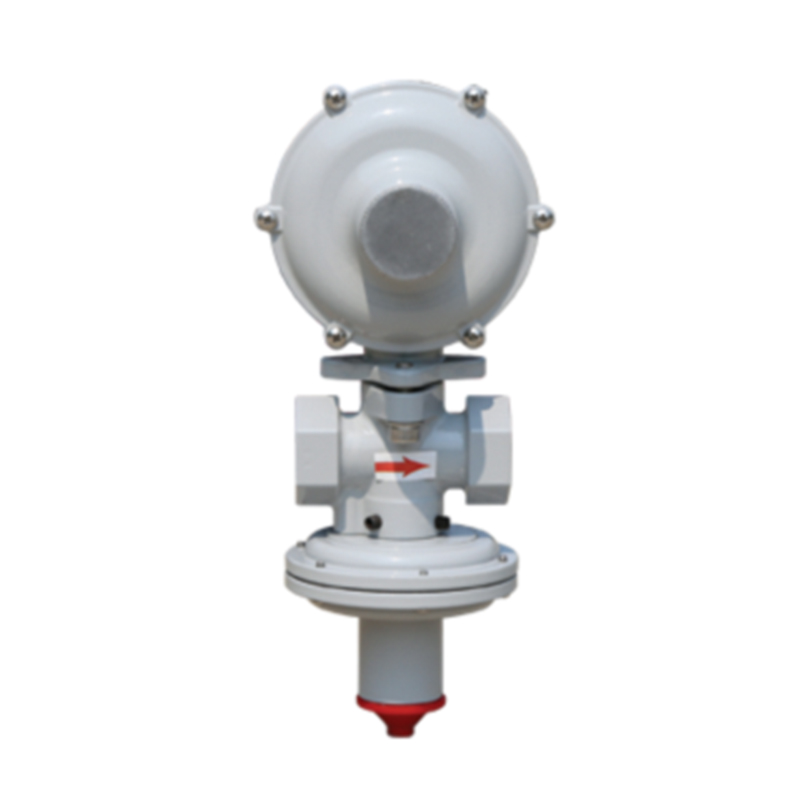
Nov . 28, 2024 01:08
Back to list
Pressure Reduction Techniques for Enhanced System Efficiency and Safety
Understanding Pressure Reducing Valves
Pressure reducing valves (PRVs) are critical components in fluid systems, essential for maintaining safe and consistent operating pressures. These devices are designed to reduce the incoming pressure of fluid to a specified lower pressure, ensuring that downstream equipment operates efficiently and safely.
The Functionality of Pressure Reducing Valves
At its core, a pressure reducing valve works by regulating the pressure of a fluid entering a system. They are commonly used in various applications, including water supply systems, gas lines, and industrial processes. When a pressurized fluid enters the PRV, it encounters a diaphragm that reacts to the pressure change. As the pressure increases beyond a predetermined set point, the diaphragm moves to limit the flow, thereby reducing the pressure downstream.
The versatility of PRVs makes them suitable for various media, including water, steam, oil, and gases. This adaptability is crucial, particularly in industries where different types of fluids are used, as PRVs can be engineered to withstand specific conditions.
Types of Pressure Reducing Valves
There are several types of pressure reducing valves, including
1. Spring-Loaded PRVs These are the most common type, utilizing a spring mechanism to control the diaphragm movement. As the downstream pressure rises, the spring compresses, reducing the valve opening until the pressure returns to the set point.
2. Pilot-Operated PRVs These valves use a pilot valve to control the main valve. The pilot valve senses the downstream pressure and adjusts the flow accordingly, allowing for more precise control, especially in high flow applications.
.
Each type of valve has unique applications and benefits, making it essential to select the right one based on the specific requirements of the system.
مخفض الضغط

The Importance of Accurate Pressure Regulation
Maintaining the correct pressure is vital for numerous reasons. First, operating above the recommended pressure can lead to equipment failure, leaks, and even catastrophic incidents. For instance, in a water supply system, excessively high pressure can cause pipes to burst, leading to significant property damage and safety hazards.
Second, operating below required pressure can result in inadequate system performance. For example, in heating systems, insufficient pressure can lead to inefficient heating or failure to reach desired temperatures. PRVs ensure that systems operate within their designed pressure ranges, enhancing reliability and longevity.
Maintenance and Best Practices
To ensure the longevity and effectiveness of pressure reducing valves, regular maintenance is crucial. Users should adhere to the following best practices
- Routine Inspections Regularly check PRVs for any signs of wear, leaks, or unusual noises. Early detection of issues can prevent costly repairs.
- Calibration Periodically calibrate the PRVs to ensure they maintain accurate pressure settings, especially after installation or significant system changes.
- Cleaning Ensure that the PRV and its surrounding area are free from debris and buildup that could impair functionality.
- Documentation Keep detailed records of maintenance activities, adjustments, and any incidents. This information can be invaluable for troubleshooting and ensuring compliance with regulatory standards.
Conclusion
Pressure reducing valves are essential for ensuring the safe and efficient operation of fluid systems across various industries. Understanding their functionality, types, and maintenance practices can lead to better system management and reduce the risk of failures. By implementing regular maintenance and adhering to best practices, users can maximize the performance of their pressure reducing valves and extend their operational lifespan.
Latest news
-
Safety Valve Spring-Loaded Design Overpressure ProtectionNewsJul.25,2025
-
Precision Voltage Regulator AC5 Accuracy Grade PerformanceNewsJul.25,2025
-
Natural Gas Pressure Regulating Skid Industrial Pipeline ApplicationsNewsJul.25,2025
-
Natural Gas Filter Stainless Steel Mesh Element DesignNewsJul.25,2025
-
Gas Pressure Regulator Valve Direct-Acting Spring-Loaded DesignNewsJul.25,2025
-
Decompression Equipment Multi-Stage Heat Exchange System DesignNewsJul.25,2025

